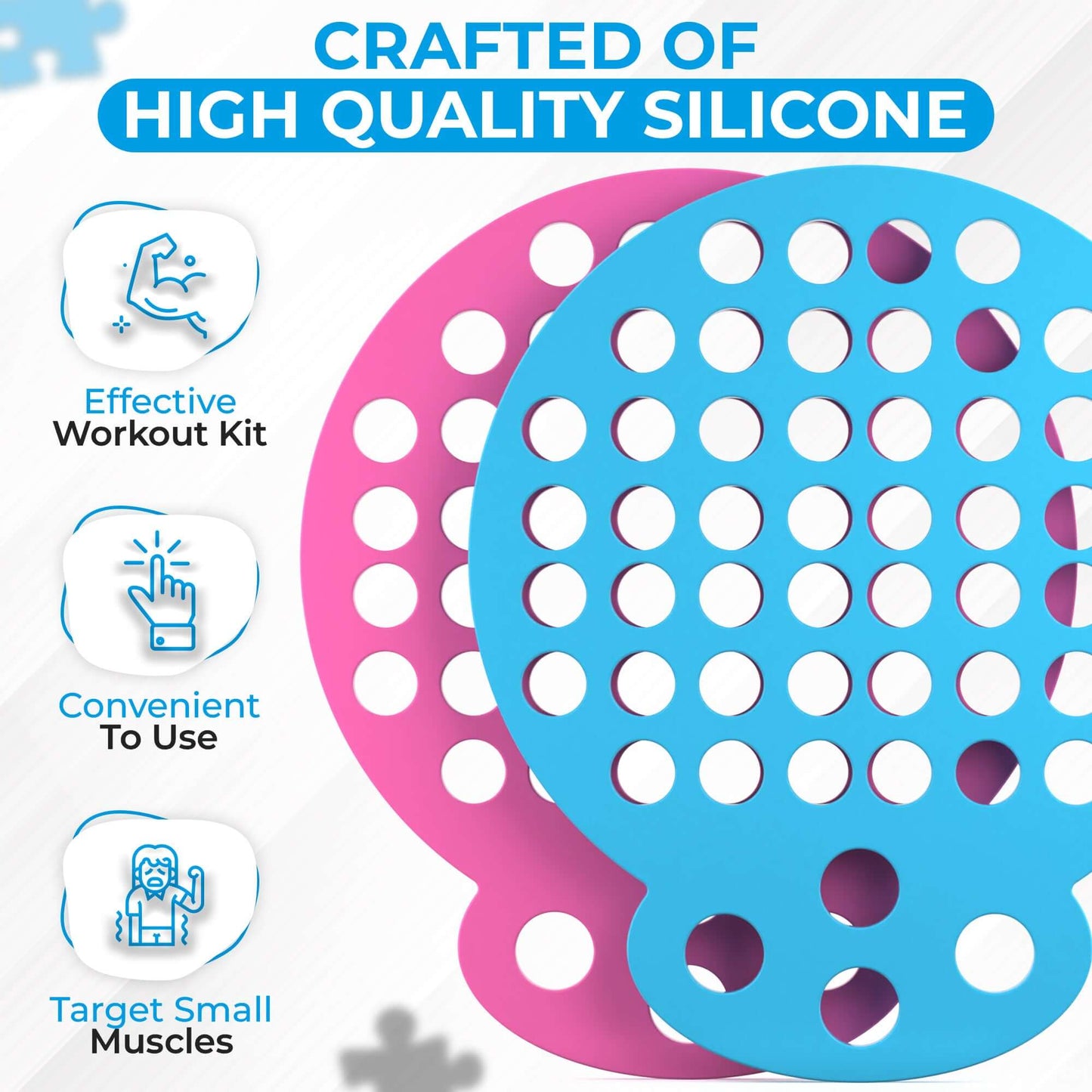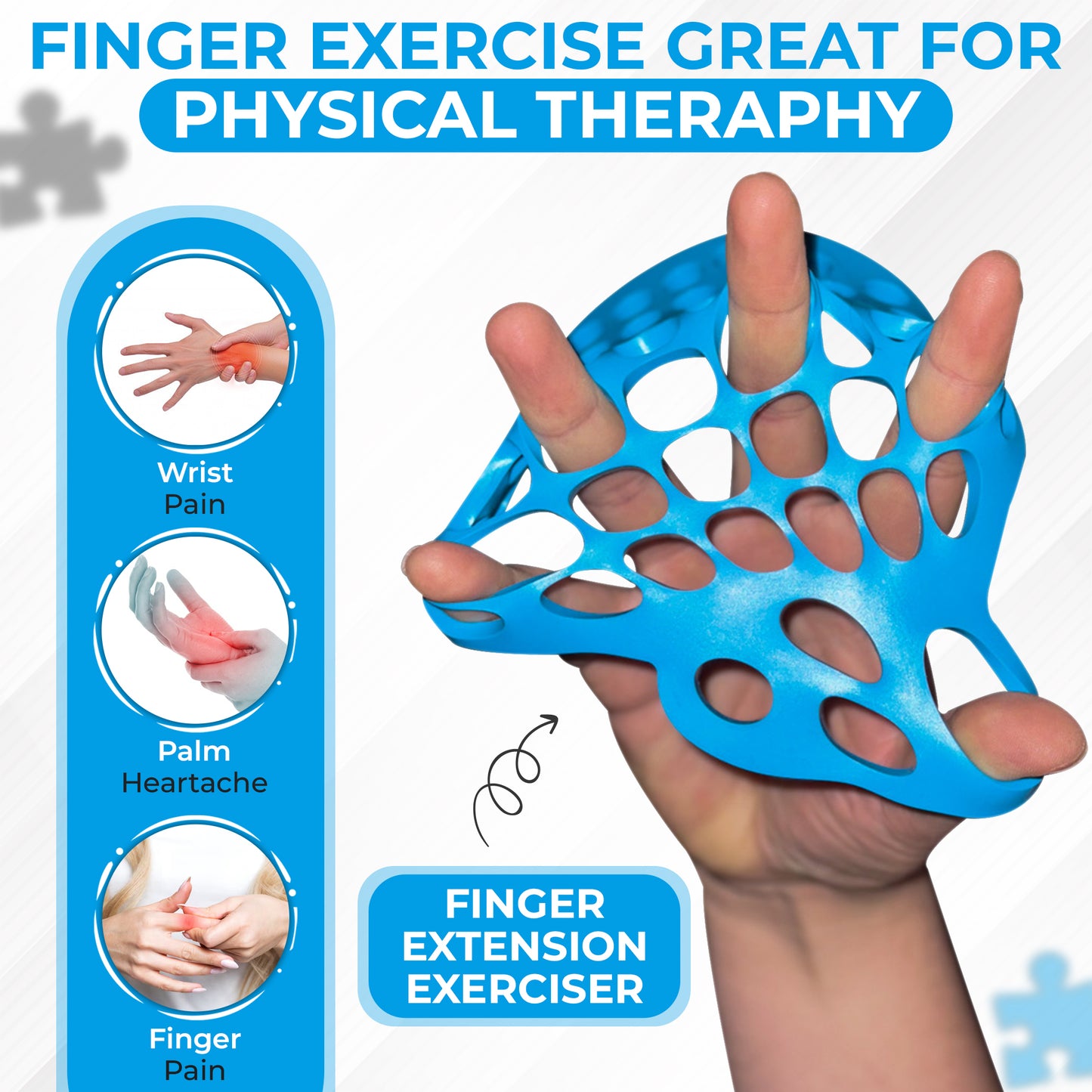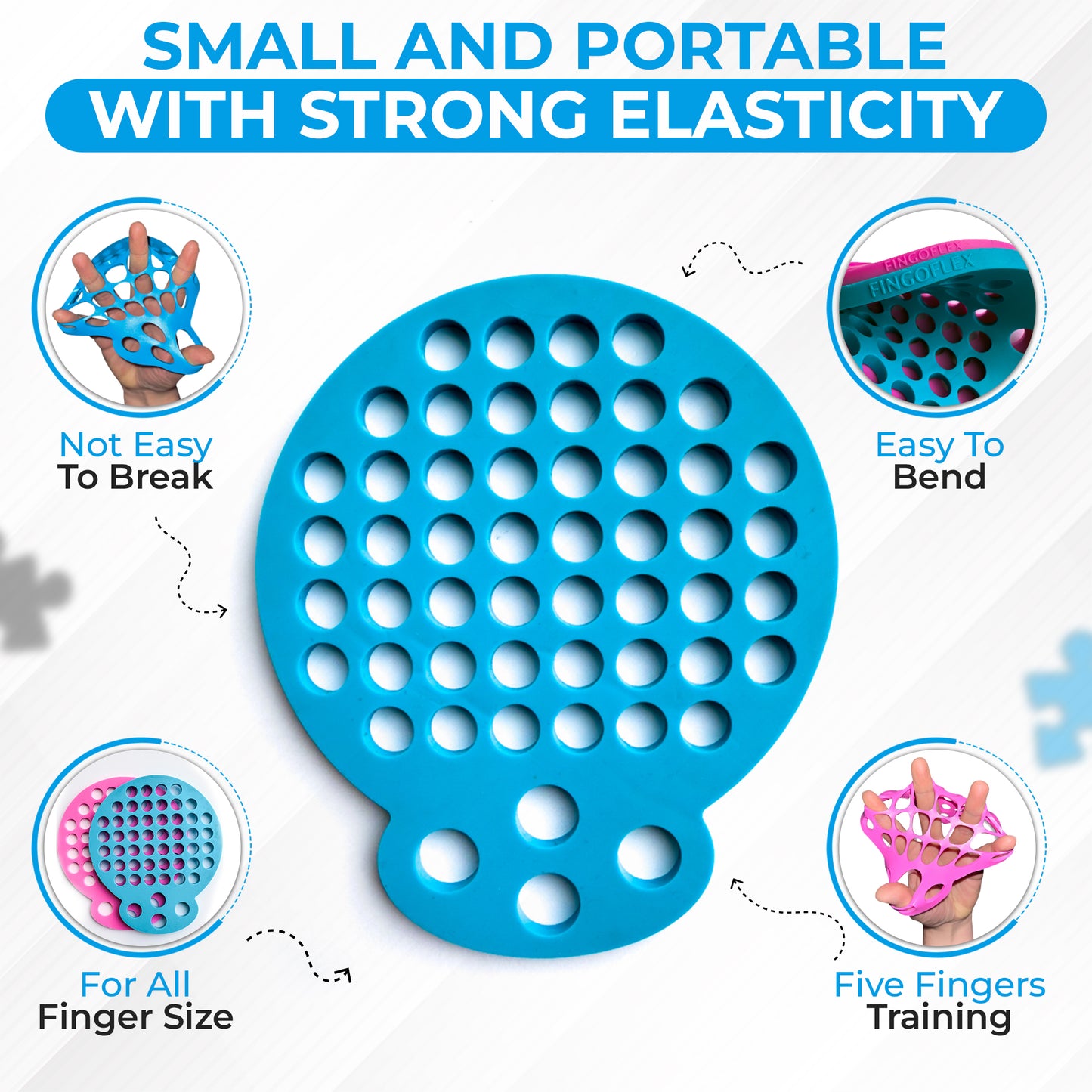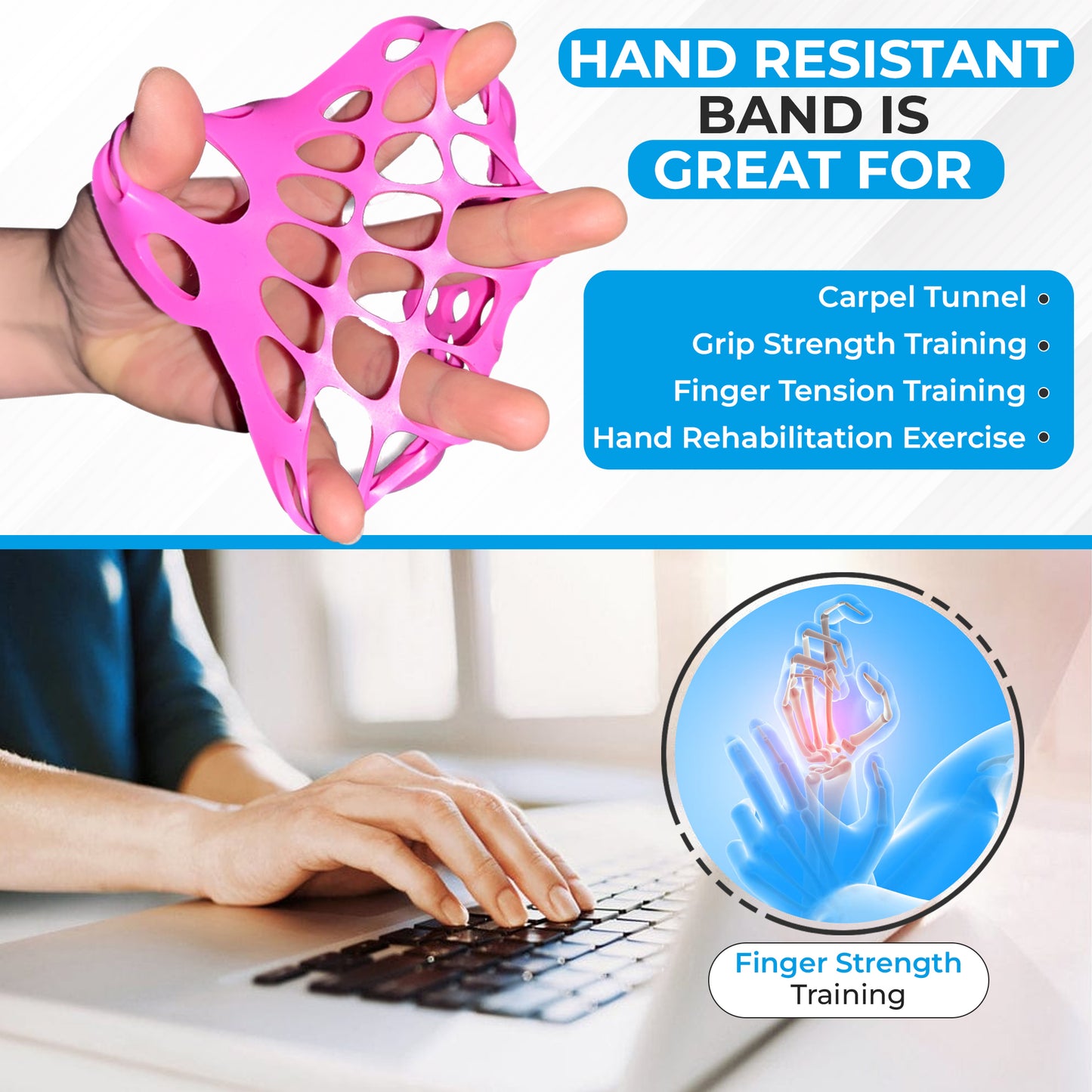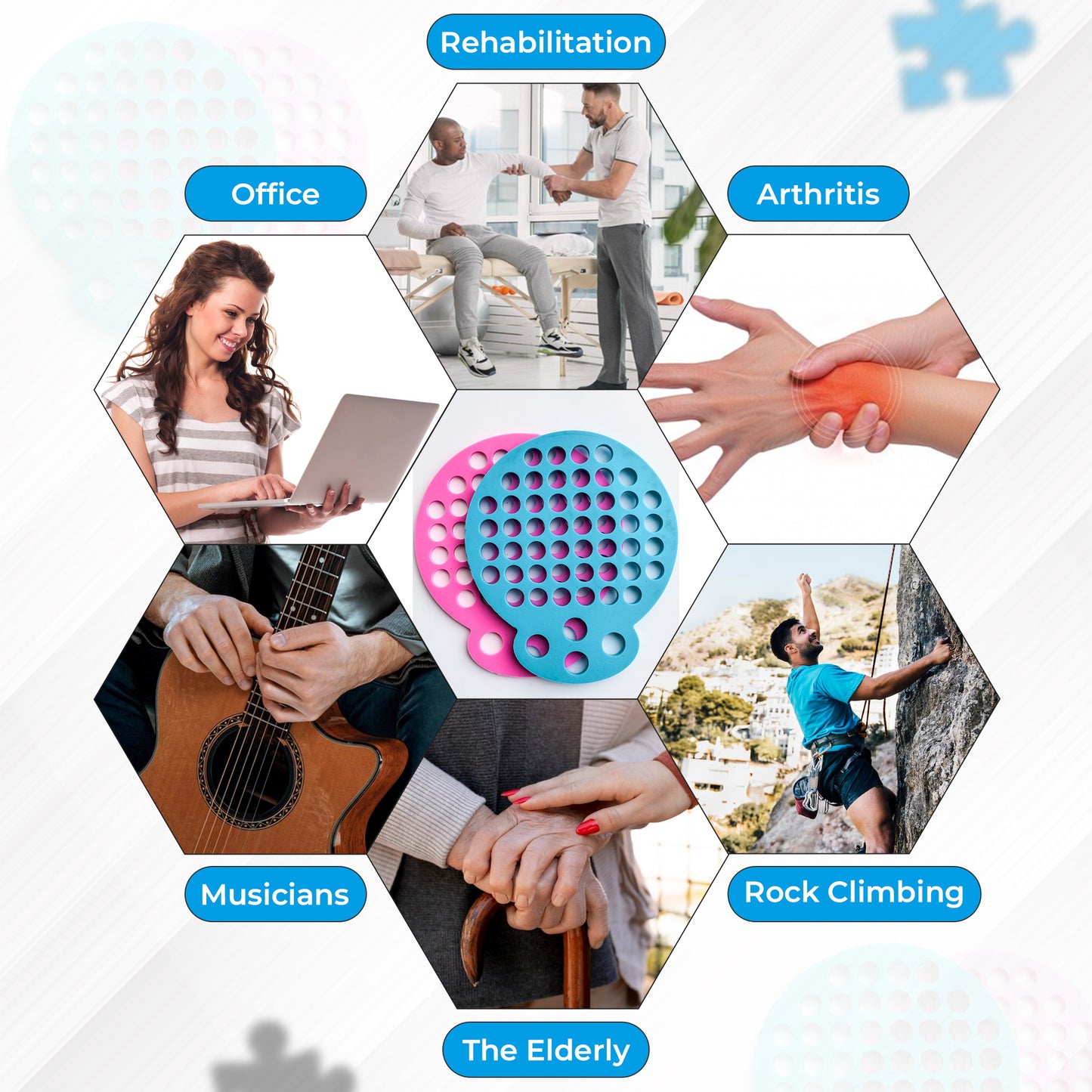Introduction to Finger Flexibility
Finger flexibility plays a vital role in our daily lives, from typing and texting to holding a fork or buttoning a shirt. Yet, most of us don’t give our hands much attention—until pain or stiffness sets in. Whether you're recovering from an injury, suffer from arthritis, or just want better grip strength, finger flexibility exercises can help restore mobility and reduce discomfort.
Anatomy of the Fingers and Hand
Your hand is a complex network of muscles, tendons, ligaments, and joints. When these components don’t move fluidly, stiffness, pain, or reduced range of motion can follow. The fingers are controlled by flexor and extensor muscles that stretch from the forearm, connected by tendons that pass through intricate sheaths in your hand. Overuse, lack of movement, or injury can lead to tension and tightness—making regular exercises essential.
Benefits of Finger Flexibility Exercises
Practicing finger flexibility exercises comes with multiple benefits:
-
Improved Range of Motion: Helps extend your reach and movement in daily activities.
-
Enhanced Grip Strength: Better grasp objects like utensils, tools, or sports gear.
-
Pain Reduction: Alleviates discomfort associated with stiffness or inflammation.
-
Injury Prevention: Regular use keeps muscles and tendons resilient.
-
Dexterity Boost: Essential for musicians, typists, and artists.
When to Do Finger Exercises
Timing matters. The best times to engage in finger flexibility routines include:
-
Morning: To shake off stiffness after sleep.
-
Post-workout: Especially if your hands or arms were involved.
-
Before Bed: To encourage blood flow and healing overnight.
-
During Recovery: Under the guidance of a therapist after surgery or injury.
Precautions Before You Start
Just like with any exercise program, preparation is key.
-
Warm Up: Wiggle your fingers or run them under warm water.
-
Listen to Your Body: Mild tension is normal, but sharp pain is not.
-
Seek Medical Advice: Especially if you're healing from surgery or injury.
11 Effective Finger Flexibility Exercises
Let’s explore each of these in detail:
1. Finger Lifts
Place your hand flat on a table and lift one finger at a time. This strengthens individual extensor muscles.
2. Finger Stretches on a Table
Press your palm flat against the surface and gently stretch your fingers outward.
3. Fist to Fan Stretch
Make a fist, hold for 5 seconds, then spread your fingers as wide as possible.
4. Thumb Flex & Extension
Touch your thumb to the base of your pinky, then stretch it out wide.
5. Claw Stretch
Bend your fingertips to touch the base of each finger joint, forming a claw shape.
6. Towel Grabs
Place a small towel on a table and scrunch it toward you using only your fingers.
7. Rubber Band Extensions
Place a rubber band around your fingers and stretch outward, strengthening opposing muscles.
8. Tendon Glides
Sequentially bend each joint in the fingers, from tip to base—great for recovering flexibility.
9. Finger Taps
Tap each fingertip to your thumb rapidly and precisely.
10. Finger Walks
"Walk" your fingers up and down a wall or flat surface.
11. Finger Yoga (Mudras)
Hold symbolic hand poses that also stretch and relax the fingers.
Using Tools Like Fingoflex for Better Results
Fingoflex and similar tools can amplify your results by:
-
Providing Resistance: Helping to strengthen and stretch simultaneously.
-
Ensuring Consistency: Easy to use, making you more likely to keep practicing.
-
Enhancing Recovery: Trusted by physiotherapists for rehab routines.
Add Fingoflex to your daily schedule for structured, guided movements that target flexibility and strength.
Common Mistakes to Avoid
Finger flexibility exercises are simple but can be ineffective—or even harmful—if done incorrectly. Watch out for these common pitfalls:
-
Overstretching: Pushing too hard can lead to strain or sprain. Always stretch within a comfortable range.
-
Skipping Warm-Ups: Jumping straight into exercises without warming up increases the risk of injury.
-
Inconsistent Practice: Like any form of training, finger flexibility needs regularity to see improvement.
-
Poor Form: Inaccurate technique, such as uneven pressure or jerky movements, can reduce effectiveness.
-
Neglecting Other Hand Areas: Remember to include wrists, forearms, and thumbs in your routine.
Tracking Your Progress
Measuring your improvement helps you stay motivated and adjust your routine effectively.
-
Keep a Journal: Note how your fingers feel each day, including pain levels and range of motion.
-
Take Measurements: Use a ruler or app to check how far your fingers can stretch or bend over time.
-
Set Milestones: Like closing your fist fully or touching your thumb to your pinky with ease.
-
Use a Timer: Record how long you can perform endurance-based stretches or reps.
Consistency pays off. Even a few minutes a day can bring big changes over time.
Real-Life Success Stories
🎸 Mike, 34 – Musician
“After years of playing guitar, I started experiencing stiffness in my pinky and ring finger. Fingoflex and daily exercises turned everything around. I now play longer and faster without pain!”
🧵 Julia, 60 – Seamstress
“My arthritis made even basic tasks painful. My occupational therapist recommended finger flexibility exercises. Within weeks, my fingers were more nimble, and sewing became enjoyable again.”
💻 Ethan, 29 – Software Developer
“Coding all day led to wrist and finger fatigue. Adding 5-minute finger routines to my day relieved the tension. I feel more in control of my hands now.”
These stories are proof that no matter your age or profession, finger exercises can bring back strength, comfort, and confidence.
FAQs About Finger Flexibility Exercises
1. How often should I do finger flexibility exercises?
Aim for daily practice, especially if you’re recovering or dealing with stiffness. Even 5–10 minutes a day can lead to noticeable improvement.
2. Can I do these exercises if I have arthritis?
Yes, but consult with a healthcare provider first. Gentle, consistent movement can actually help reduce arthritis-related stiffness and pain.
3. Do I need any special equipment?
Not necessarily. Most exercises require only your hands. However, tools like Fingoflex, therapy putty, or rubber bands can enhance your progress.
4. How long before I see results?
Most people feel improvements in 2–4 weeks with consistent practice. However, recovery and flexibility levels vary from person to person.
5. Are these exercises safe for kids or seniors?
Yes! They are low-impact and safe for most ages. Just ensure the exercises are done gently and with supervision if needed.
6. Can these exercises help with typing or gaming fatigue?
Absolutely. Many of the movements improve endurance and flexibility, which can ease muscle tension from repetitive activities like typing or gaming.
Conclusion
Finger flexibility exercises are an overlooked yet powerful way to improve hand function, reduce pain, and increase overall dexterity. Whether you're recovering from an injury, battling arthritis, or just looking to enhance your everyday abilities, these simple yet effective movements can transform your hand health.
Start small, stay consistent, and consider using tools like Fingoflex to supercharge your results. Your hands do so much for you—return the favor with a few minutes of care each day.



